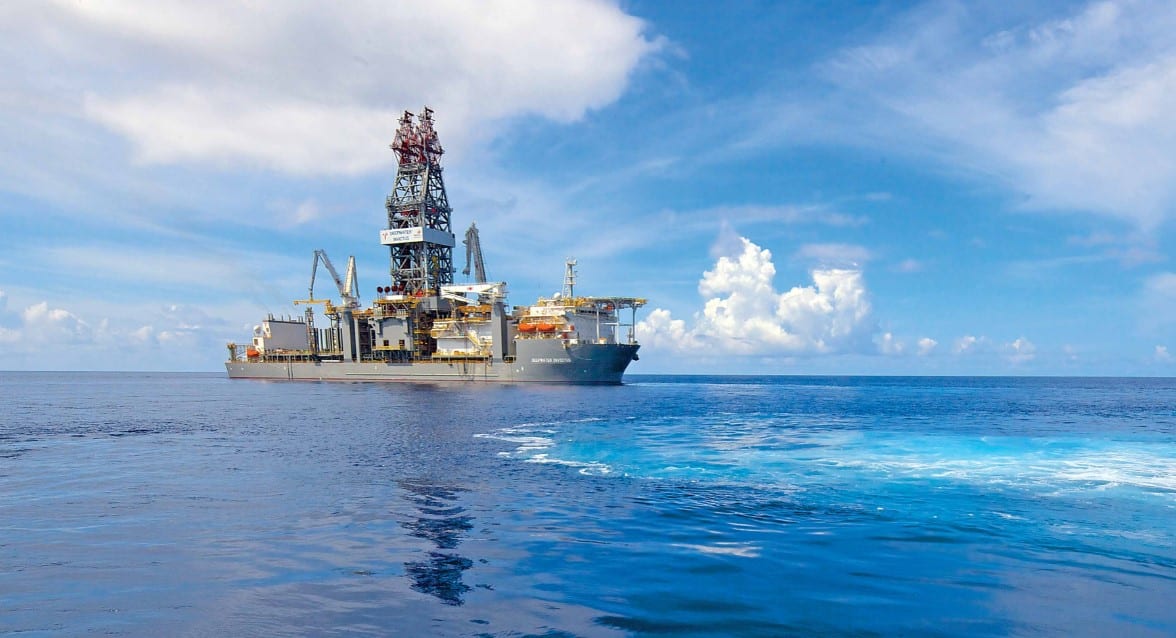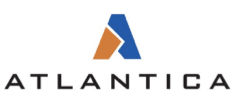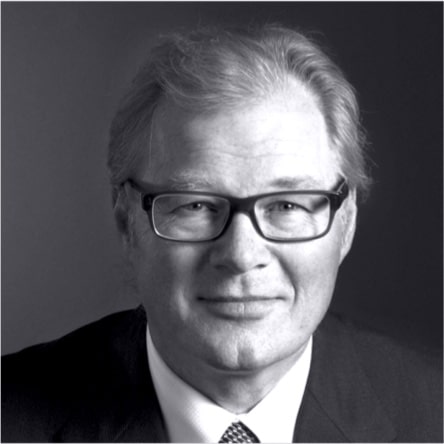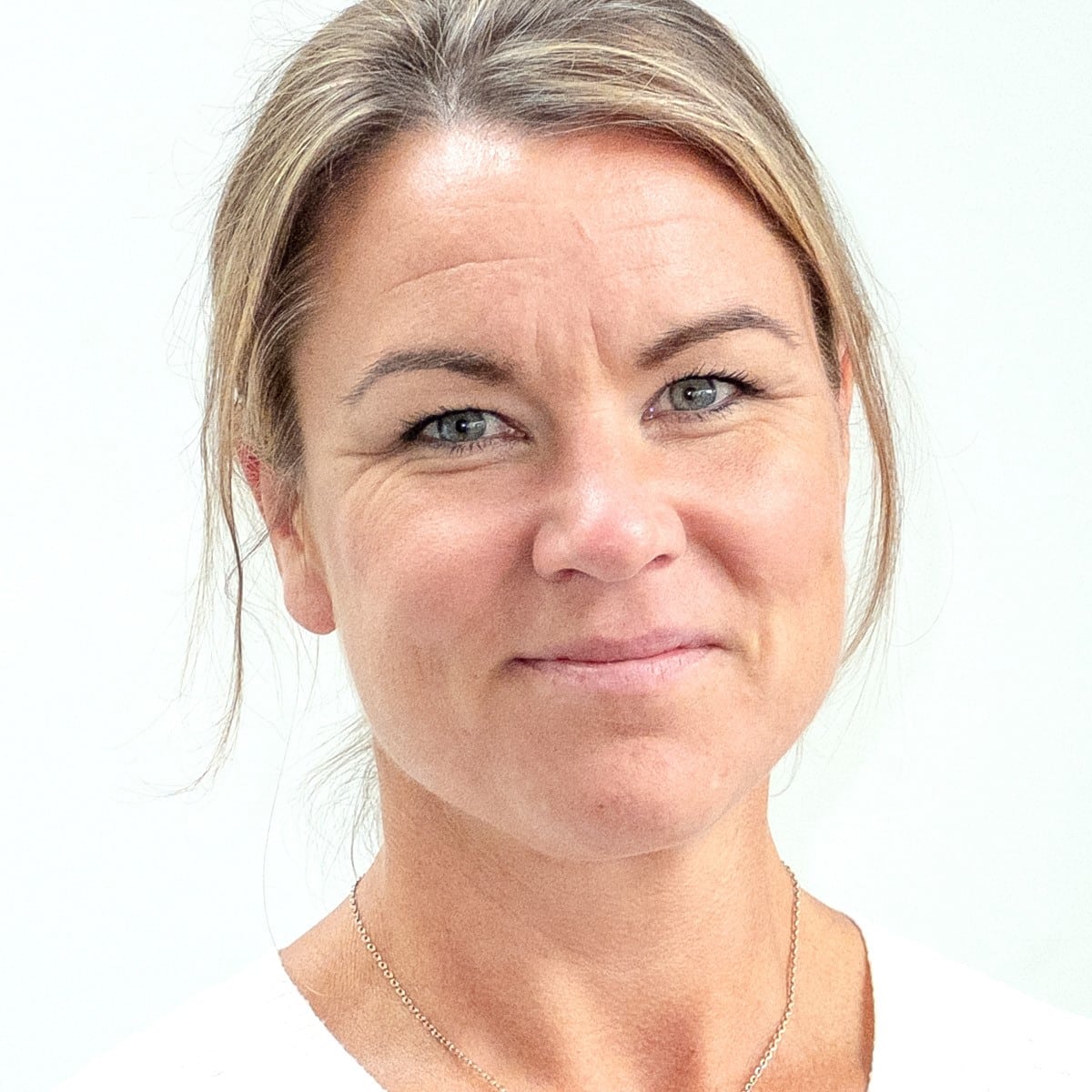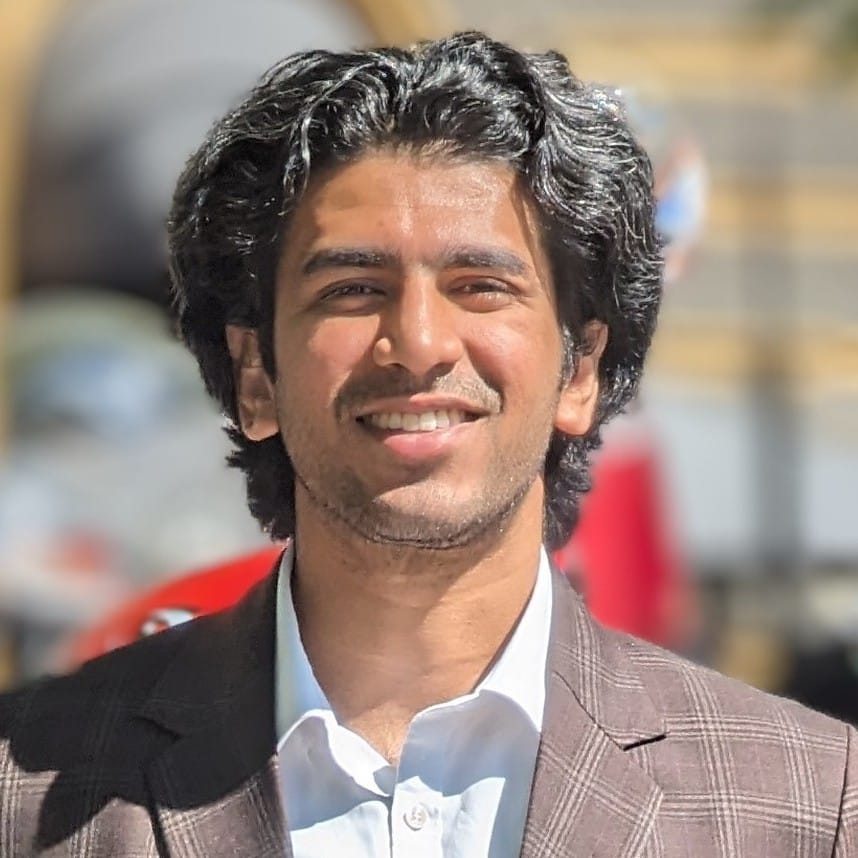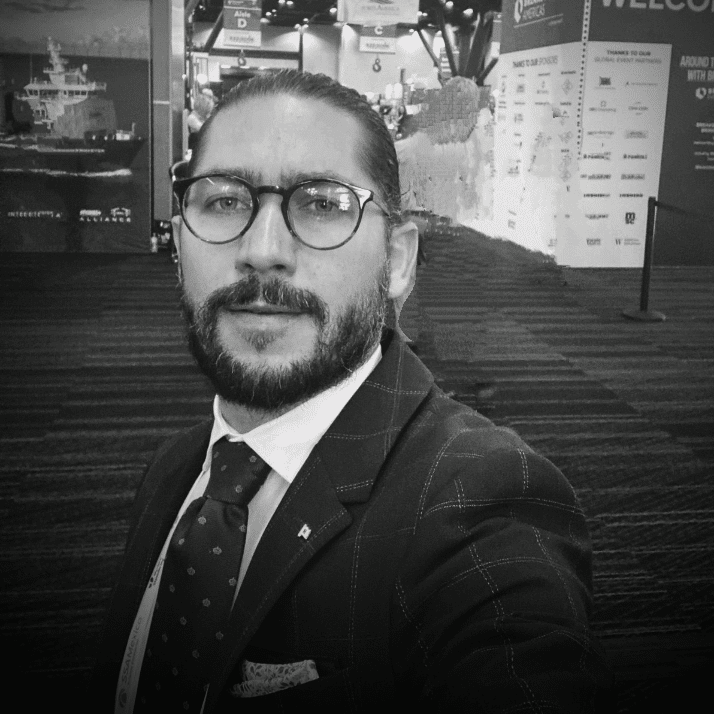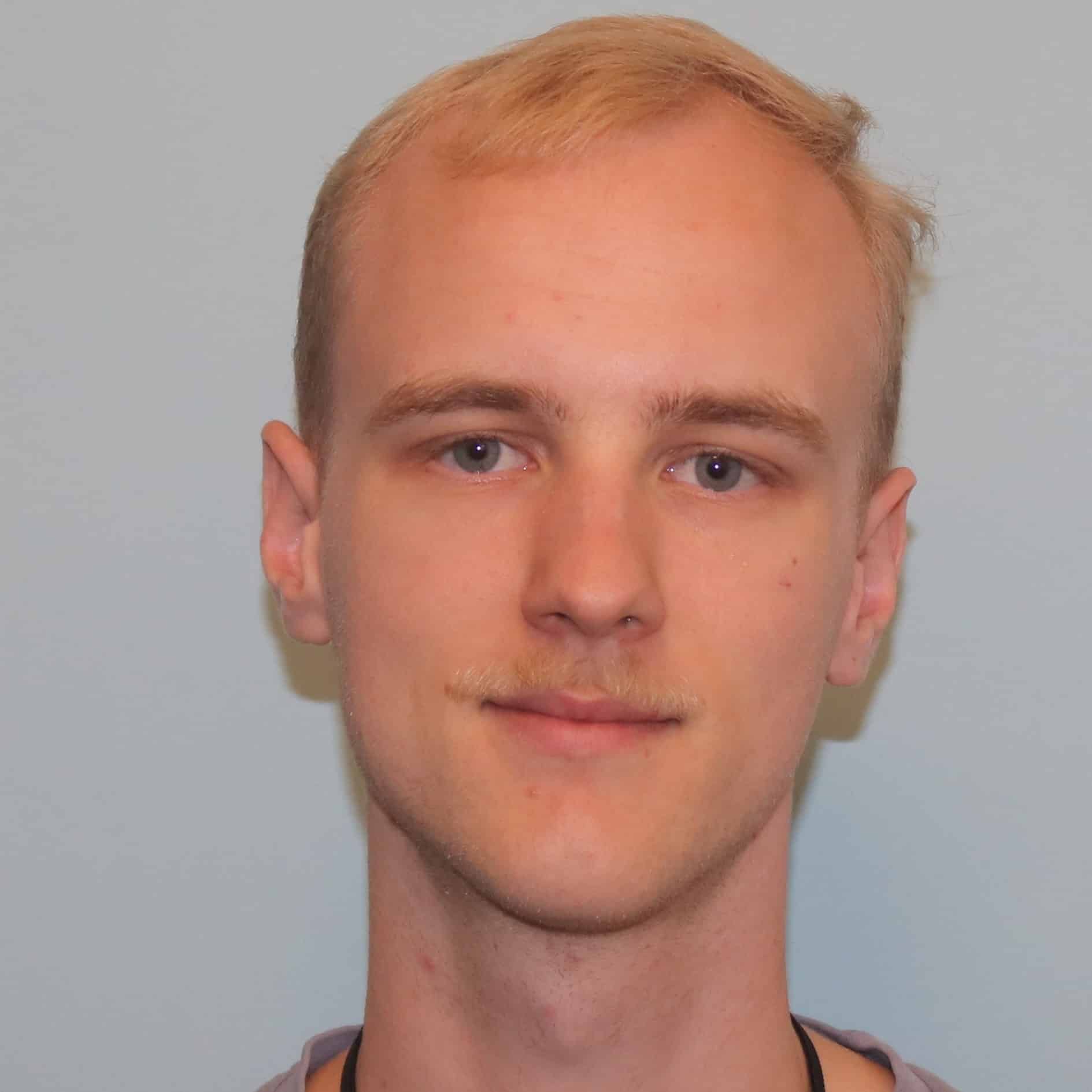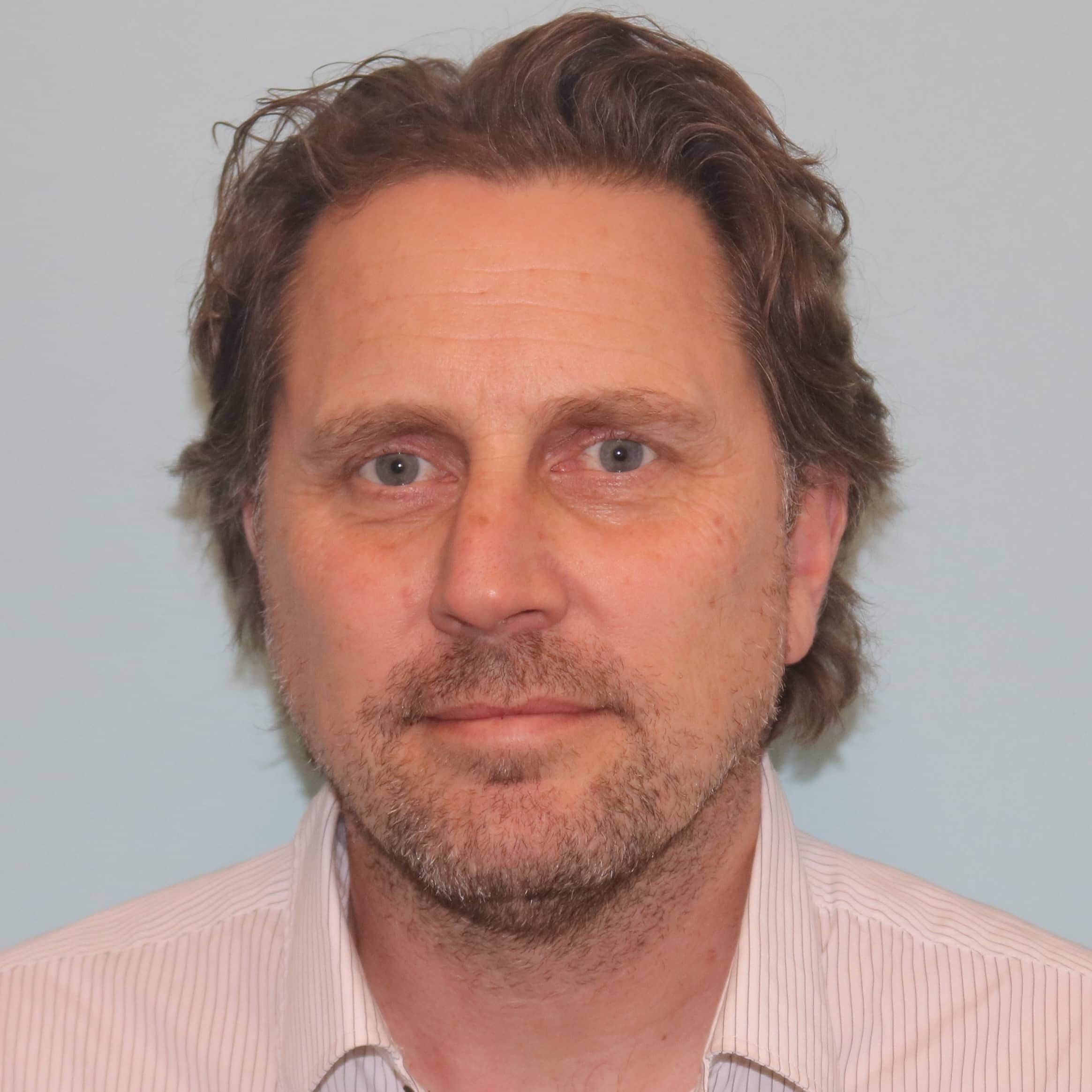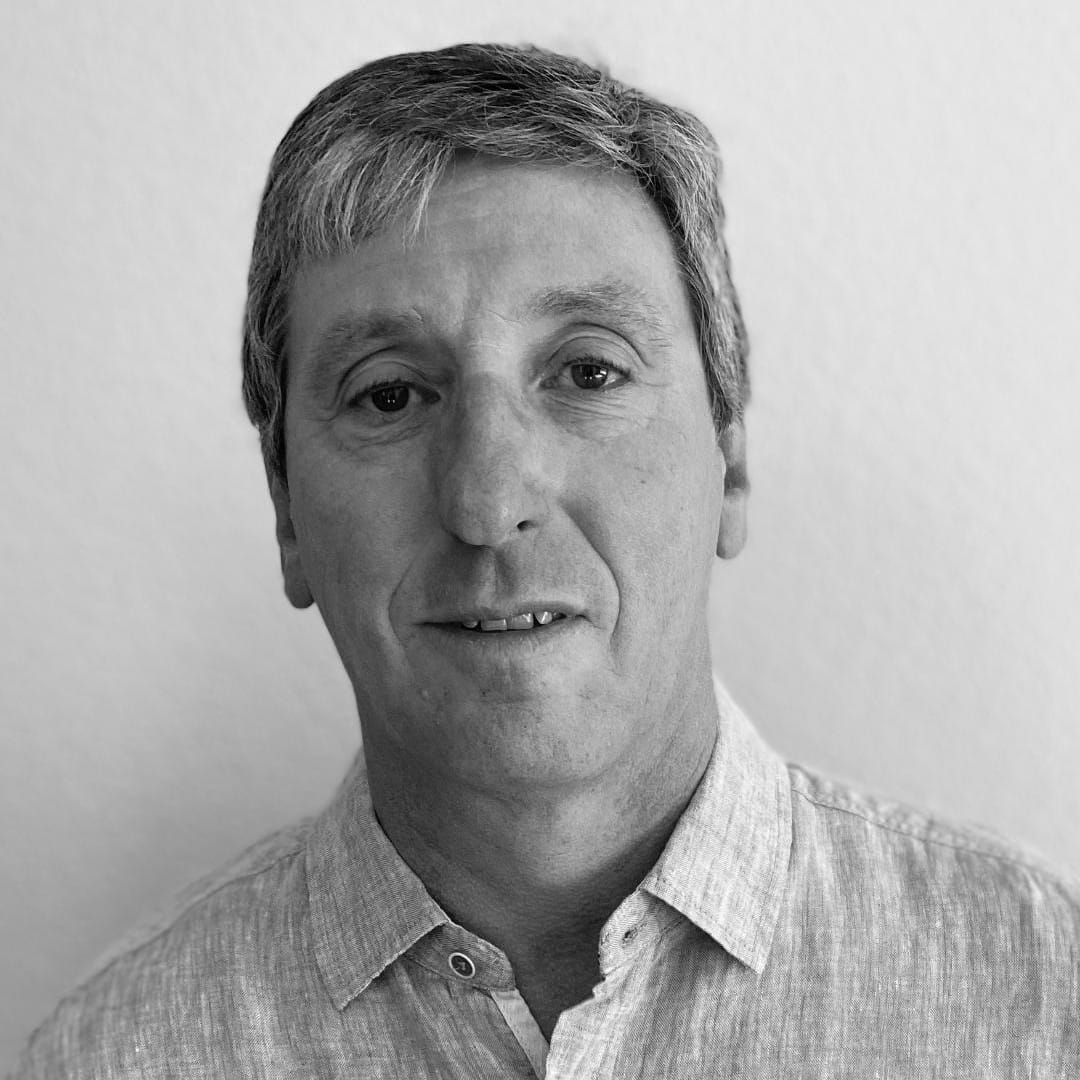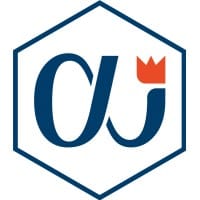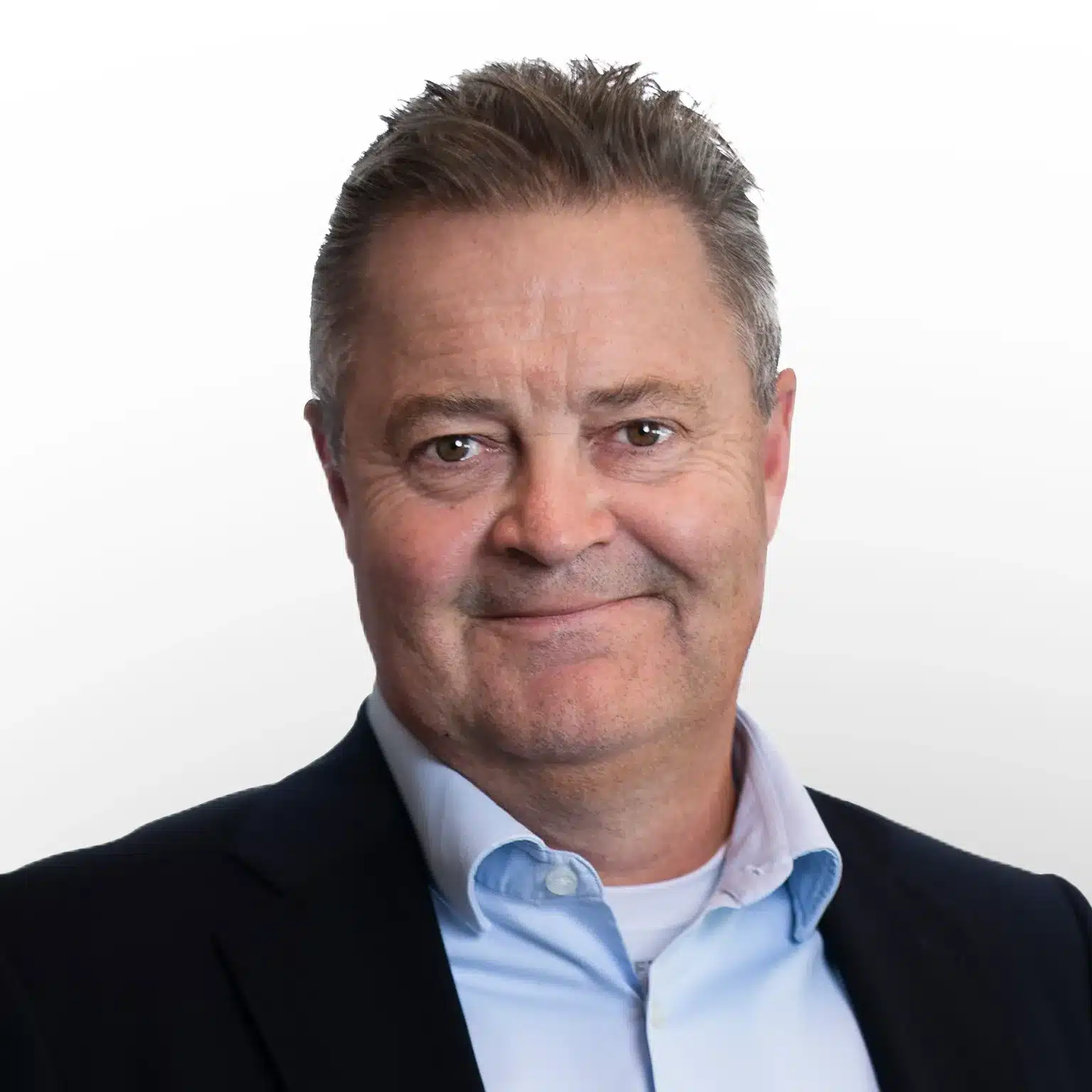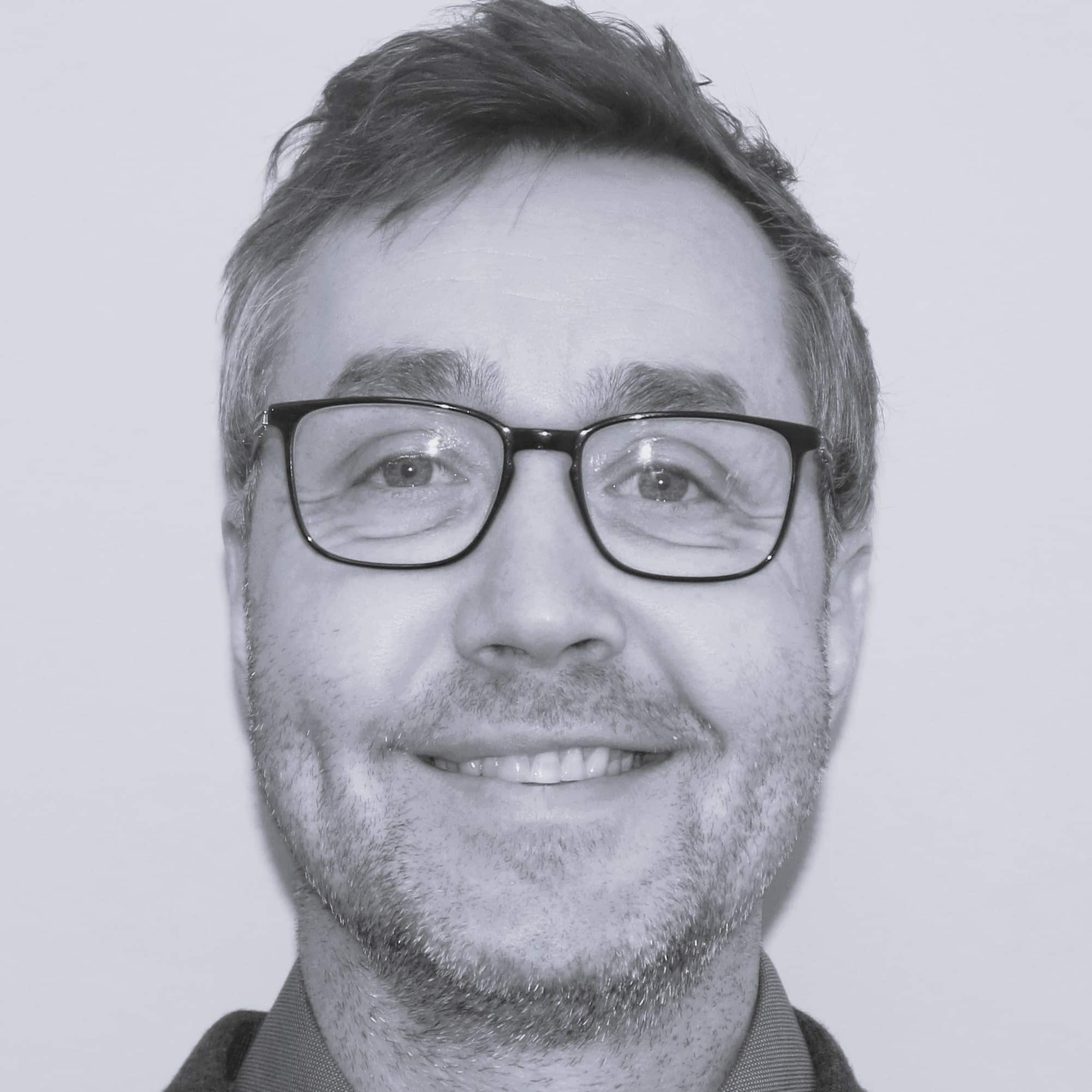This week, Odfjell Drilling firmed up its North Sea deal for the Deepsea Atlantic semisub and Transocean secured a long-term contract in Mexico for a drillship of its choosing.
In case you missed it, you can access our previous Rig Market Roundup here.
Contracts
Following two Letters of Intent in March 2023, Odfjell Drilling has now signed the contracts with Equinor for the 10,000-ft Deepsea Atlantic rig to conduct operations in the North Sea region. The contracts have a combined firm duration of 23 months and a value of approximately $290 million excluding integrated services, upgrades/modifications or mobilisation fees. The contracts also include provisions for performance bonuses and fuel incentives. In addition to the firm contract periods, there are four priced one-well options as well as three further optional periods of approximately one year each, with the rates for each period to be mutually agreed prior to exercising. The work will begin immediately following the completion of the Special Periodic Survey (SPS) for the Deepsea Atlantic, which is currently planned during the first half of 2024. The semisub is now signed up to firm contracts until mid-2026, with options which extend to 2029. Together with the two contracts, Odfjell Drilling and Equinor have also entered into a Strategic Collaboration Agreement to focus on matters of mutual strategic importance. With a focus on safety, drilling efficiency and lower emissions, this agreement will provide the framework for a joint effort and longer-term collaboration on these key matters.
An undisclosed, independent operator, widely believed to be Woodside, has awarded Transocean a 1,080-day contract for a high-specification seventh-generation, ultra-deepwater drillship in the Gulf of Mexico offshore Mexico. Transocean will select one of its three 12,000-ft drillships from Deepwater Invictus, Deepwater Thalassa, and Deepwater Proteus no later than one year before the earliest date in the commencement window. The contract, believed to be for the Trion project, is expected to begin between the fourth quarter of 2025 and second quarter of 2026. It will contribute about $518 million in backlog, excluding revenue for mobilisation and demobilisation, giving a dayrate of about $480,000. The contractual dayrate is subject to a semi-annual cost adjustment mechanism with a baseline established as of 1 July 2023. There are no additional services provided under the contract. Woodside made a final investment decision (FID) to develop the large Trion resource in Mexico in June 2023. The first oil from the project is targeted for 2028.
TotalEnergies has exercised the first of three one-well options on the 10,000-ft semisub Transocean Barents. The work scope is for the Eastern Mediterranean and has a dayrate of $370,000. TotalEnergies is scheduled to commence a one-well job off Lebanon with Transocean Barents next month. The rig is currently heading to the Mediterranean. Meanwhile, the newly exercised option is due to begin in October and will run into January 2024. TotalEnergies has two more one-well options remaining that could keep the rig working into mid-2024, if both are exercised.
Drilling Activity and Discoveries
Trillion Energy has encountered natural gas pay at the Alapi 2 well, the sixth well in its program at the SASB field in the Black Sea offshore Turkiye. Initial analysis suggest 40 metres of potential natural gas pay withing six separate sands. Production casing will be run in and cemented. The initial perforation intervals are currently being selected to bring the well into production. Completion and flow testing will occur once the well is perforated. Trillion Energy is drilling at SASB with GSP 333-ft jackup GSP Uranus, which has been working at the field since the latter half of 2022.
BW Energy has drilled, completed, and handed over to production operations the DHIBM-5H well, which is the third production well in a six-well campaign of the Hibiscus / Ruche Phase 1 development in the Dussafu licence offshore Gabon. BW Energy says that the well performance is in line with expectations with current production at approximately 6,000 barrels per day. The first new production well, DHIBM-3H, was completed in April, and the second, DHIBM-4H, in June 2023. The DHIBM-5H well was drilled as a horizontal well from the BW MaBoMo production facility to a total depth of 4,245 metres into the Gamba sandstone reservoir at the Hibiscus field. Following completion, the 400-ft Borr Norve jackup has started drilling operations on the fourth production well (DHIBM-6H). The drilling campaign targets four Hibiscus Gamba and two Ruche Gamba wells which are expected to bring the total oil production up to approximately 40,000 barrels per day when all wells are completed in early 2024. The oil produced at Hibiscus / Ruche is transported by pipeline to the BW Adolo FPSO for processing and storage before offloading to export tankers.
Drilling activities at Santos’ Barossa project offshore Australia remain suspended with Valaris semisubmersible Valaris MS-1 on standby off the coast of Darwin while Santos works to secure approval to recommence work. Santos stated that there is potential for drilling to restart before the end of 2023. Drilling at Barossa was suspended in 2022 after a legal challenge from Tiwi Islanders resulted in Australian regulator NOPSEMA’s approval of the Barossa Gas Project’s Drilling Environment Plan being set aside. An appeal was dismissed in early December 2022 and Santos has since worked on a revised plan. Drilling remains suspended pending assessment and acceptance of the environment plan by NOPSEMA. If this approval is obtained, drilling could potentially start before the end of the year. Santos stated that assuming drilling restarts before the end of 2023 and the gas export pipeline commences installation in 2023, the Barossa project could remain on target to commence production in the first half of 2025. Santos is also implementing the requirements of a General Direction from NOPSEMA to further investigate potential First Nations underwater cultural heritage along the pipeline route.
Woodside Energy’s plugging and abandonment (P&A) campaign at the Enfield field on WA-28-L offshore Australia is continuing with 13 out of a planned 18 wells plugged and 16 out of 18 Christmas trees removed from the field. Woodside has been carrying out P&A work at Enfield with Valaris 10,000-ft semisubmersible Valaris DPS-1 since April 2022. The rig will remain in Australia with Woodside after the completion of the Enfield P&A work to conduct development drilling at Scarborough gas project. This job, fixed in 2021, is expected to keep the unit working into the first quarter of 2025.
Demand
PRM Energy, a subsidiary of Prominence Energy, is considering seeking a farm-in partner to participate in and fund the drilling of its Big Apple gas prospect in the US Gulf. The operator bid on two blocks in Gulf of Mexico Lease Sale 259, which was held in March 2023. The Bureau of Ocean Energy Management initially identified the blocks as Matagorda Island Blocks A87 and A90 during the sale; however, now that the blocks have been awarded to PRM, the blocks are identified as Brazos Area, South Addition Blocks A87 and A90. PRM says it intends to purchase the remaining speculative seismic over the prospect and will perform detailed mapping work before having the prospective resources assessed by an independent auditor. As these blocks are located in shallow waters, should the project advance to drilling, it will call for the use of a jackup.
Hartshead Resources, with joint venture partner RockRose, has completed the geotechnical survey across the Anning and Somerville fields platform and pipeline locations in the UK North Sea, using Geoquip Marine. The contract for the survey was awarded to Geoquip Marine in June 2023 and Hartshead also submitted its Phase I Field Development Plan (FDP) for the Anning and Somerville gas field developments to the UK’s North Sea Transition Authority (NSTA) later that same month. The Geoquip Seehorn vessel performed the operations in under 12 days. All the objectives of the survey were met with a total of four rock cores recovered, one 30 metre core and one 50 metre core from each location. The cores will provide essential soils information to enable the engineering design of the platform anchor points as well as confirm what is required to locate the jackup rig over the platforms for the well operations. The material recovered from the survey will undergo laboratory analysis, with the results expected to be reported within the current quarter. An initial review of the data indicates that both locations are suitable for platform and drilling rig operations.
Kistos has successfully appealed against the Netherlands Ministry of Economic Affairs’ decision not to extend the term of the M10/M11 licence in the Dutch North Sea. This ruling is effective immediately and the licence is extended by five years. The M10/M11 fields are located offshore the Netherlands, close to the Wadenzee area. The fields sit in the northern area of the Netherlands North Sea Shelf and are estimated to contain technically recoverable 2C resources net to Kistos of 174 Bcf or 31.7MMboe. Kistos NL1 B.V. holds a 60% operated working interest in the licence and is partnered with EBN (40% working interest). As a reminder, during the first half of 2022, Kistos applied for the M10a and M11 licences to be extended beyond 30 June 2022. However, the company was informed that the extension had not been granted by the Dutch authorities. Kistos subsequently engaged in discussions with the authorities and lodged an appeal against this decision, including full details of its rationale for doing so plus a draft field development plan (FDP) to which the board of directors was willing to commit capital. The appeal was heard in December 2022. Kistos has now completed stakeholder mapping in preparation for further drilling of the field. The company will now apply for a permit for an appraisal well, engaging closely with the local municipalities and stakeholders prior to starting any assessment phase planning work. The well could lead to a significant development producing native gas through existing export infrastructure in a short timeframe.
Other News
Longboat Energy’s transaction with Japan Petroleum Exploration Co., Ltd (JAPEX) to establish a joint venture (JV) in Norway has now been completed, with the initial investment of $16 million received by the renamed entity Longboat JAPEX Norge. As part of the transaction, which was announced in early May and received key approval in June 2023, Longboat JAPEX will use part of the JAPEX investment to repay an intercompany loan of NOK 45.5 million (approximately £3.5 million) to Longboat Energy. The contingent consideration of $4 million, payable by JAPEX into the JV – associated with the recently announced production acquisition of a 4.8% unitised interest in the Statfjord Øst Unit and a 4.32% unitised interest in the Sygna Unit from INPEX Idemitsu Norge – will be paid on completion of that transaction which is anticipated toward the end of the year. The third tranche (the Velocette Tranche) of up to $30 million is contingent on a successful discovery on the Velocette well, which is expected to spud with the 10,000-ft Transocean Norge semisub in September. The amount payable under the Velocette Tranche is based on a sliding scale applied to the gross resources approved for development by the Norwegian Ministry of Petroleum and Energy. Having completed the transaction, the $100 million Acquisition Financing Facility to finance acquisitions and associated development costs has been established and is available for drawing by the JV. Longboat JAPEX is owned 50.1% by Longboat and 49.9% by JAPEX.
Four groups have submitted bids to Israel’s Ministry of Energy and Infrastructure for offshore natural gas exploration licenses in the country’s 4th Offshore Bid Round (OBR4). According to the ministry, the four groups consist of nine different companies, of which five are new companies to Israeli waters. Six proposals were submitted. The companies have not yet been identified. The Natural Resources Administration at the Ministry of Energy and Infrastructure will examine the proposals and submitted work plans in coming weeks, after which the results will be forwarded to Israel’s Petroleum Council for recommendations and a final decision by the Ministry. OBR4 was launched on 13 December 2022. Four zones were offered, with the winning bid for each zone to be granted multiple licenses. Each participant in OBR4 may win up to two zones. Restrictions were also imposed on holders of existing producing leases offshore Israel. Exploration licenses will be granted to the winners of the bid for a period of three years. During this period, license holders will perform exploratory work on the entire license areas, as part of the work program commitments included in their bids. After the execution of the work program commitments for the first three years, the license holder may request an extension for another two years, provided that the license holder submit an additional work program that includes drilling of at least one well and additional exploration activity work, to be approved by the Petroleum Commissioner, regarding other licenses held. After this, the license can be extended by two additional years, up to a maximum of seven years, provided that a commitment to drilling is submitted in each area that has not yet been drilled.
First oil from Woodside’s Sangomar Field Development Phase 1 project offshore Senegal has been delayed from late 2023 to mid-2024 following the identification of remedial work required on the floating production storage and offloading (FPSO) facility. The remedial work is being conducted while the FPSO remains at the shipyard in Singapore. Woodside called the work “unexpected” and stated that conducting the work in Singapore would minimize the impact to the project schedule and be “safer, more efficient and more cost effective.” Woodside have increased their expected project cost for the first phase of Sangomar from $4.6 billion to a range of $4.9 billion to $5.2 billion. The development drilling program at Sangomar is continuing, with 12 of 23 wells drilled and completed. Diamond Offshore 12,000-ft drillship Ocean BlackHawk completed its work with Woodside in early July 2023 and has left Senegal for its SPS and a new contract in the US GOM. The remaining drilling activity will be completed by sister rig Ocean BlackRhino. Woodside said that well results at Sangomar so far have confirmed the quality of the resource.
Afentra has signed an agreement with BP/ENI joint venture Azule Energy to purchase a 12% interest in Block 3/05 and a 16% interest in Block 3/05A offshore Angola for a firm consideration of $48.5 million and deferred contingent payments of up to $36 million subject to oil price, production and development conditions. In connection with this new purchase, Afentra and Sonangol will modify a 2022 agreement for Afentra to acquire a 20% interest in Block 3/05, reducing the interest being acquired to 14%. The firm and contingent considerations will be reduced to $56 million and up to $35 million, respectively. Afentra expects both transactions to complete, subject to shareholder approval, in Q4 2023. Following the transactions, Afentra will have a non-operated 30% interest in Block 3/05 and a 21.33% interest in Block 3/05A. Both blocks are in shallow waters of the Congo Basin.
Image: DS Deepwater Invictus; Credit: BHP/Woodside
